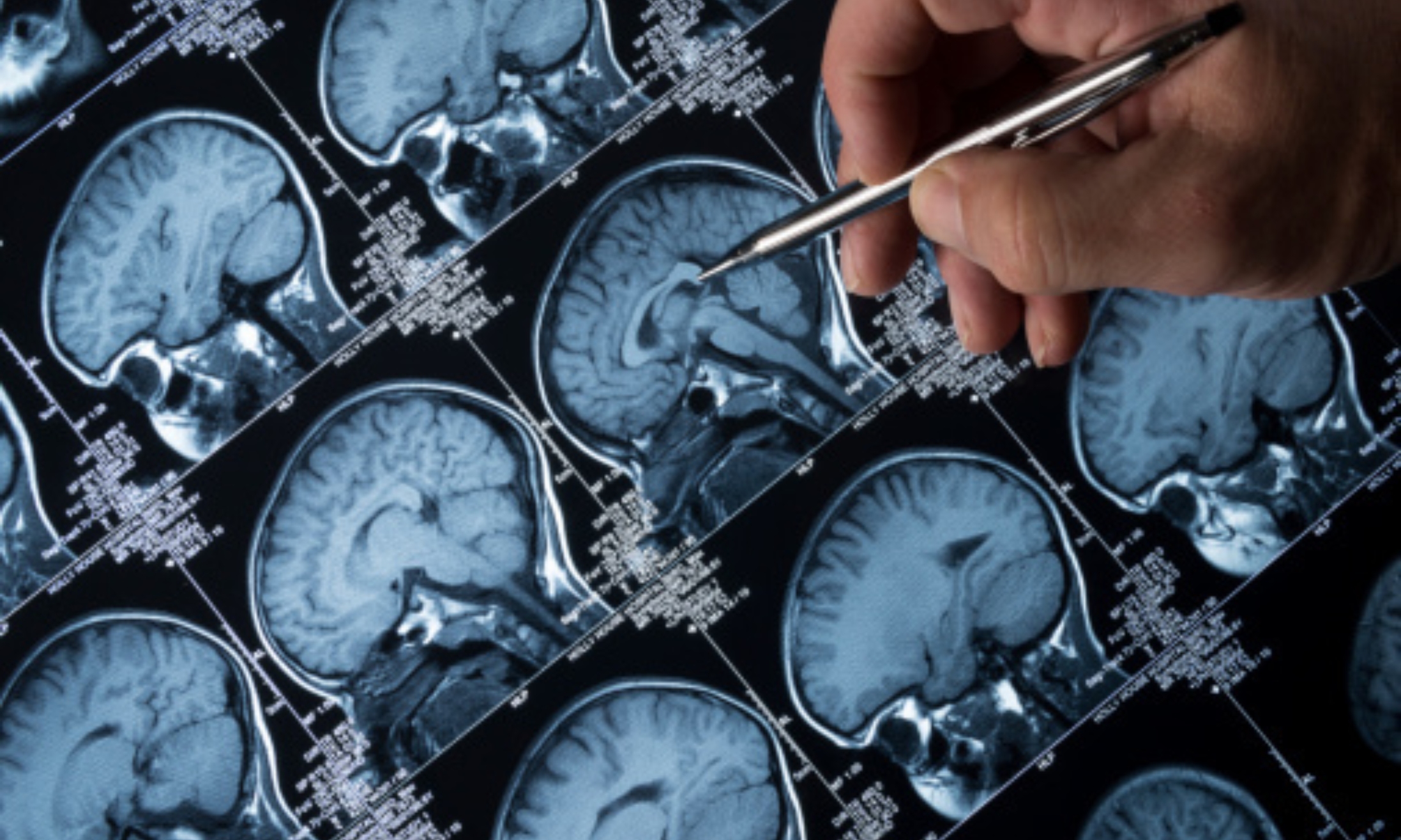Synergy Grants 2023: Examples of projects

How do plants sense water around them?
Water is essential for life on Earth. It is also the lifeblood of agriculture. Plants, just like us, need water to survive and thrive. However, climate change makes water stress an increasingly acute problem for global farming and food security. To make sure everyone has enough food worldwide and crops that can handle changing weather, it's important to know how plants can tell if there's enough water available. At present, we don’t have this knowledge, but researchers from Israel, Germany, Norway, and the UK have joined forces to close this critical gap in scientific understanding.
The main goal of their HYDROSENSING project is to investigate how plants sense water. To accomplish this, the researchers want to figure out which parts of plants help them to “feel” water levels. They want to unlock the mechanistic details of a newly discovered drought-sensing process.
The newly formed research team applies an interdisciplinary strategy by pioneering the development of innovative genome editing, taking images of what is happening inside of plants, and studying their structures. The researchers pursue a strategy that promises to reveal fundamental rules that explain how plants know when running low on water. Each scientist brings their own unique expertise as well as exciting recent discoveries to collectively go beyond the current state of the art.
Professor and molecular geneticist Eilon Shani conducts his research at Tel Aviv University. Biophysicist Christine Ziegler works at the University of Regensburg, where she is a professor and head of the department of biophysics. Thorsten Hamann is a professor at the Norwegian University of Science and Technology in the area of plant cell wall biology. Professor Malcolm Bennett is a plant biologist at the University of Nottingham.

Project: HYDROSENSING: Discovering how plants sense water stress
Researchers:
- Eilon Shani, Tel Aviv University, Israel
- Christine Ziegler, University of Regensburg, Germany
- Thorsten Hamann, Norwegian University of Science and Technology, Norway
- Malcolm J. Bennett, University of Nottingham, UK
ERC funding: 9,780,769€ over 60 months
Can we use the neuroscience of language to predict relapse in psychosis?
While mental states are constantly fluctuating, these fluctuations are usually mild. For approximately 22 million people in Europe, however, they can tip into unpredictable turbulence, resulting in psychotic episodes that often recur. A team of international researchers, based in the Netherlands, Norway, Spain and Switzerland, hypothesizes that this mental turbulence is reflected by what they call “the delta of language” – measurable changes in language and the brain. With the help of large language models, which give computers the ability to comprehend and interpret human language, and with high-frequency brain imaging, they want to repeatedly measure the linguistic and neurobiological changes during different states of psychosis – from the acute phase to remission.
The aim of their project DELTA-LANG is to build a personal and neurobiologically plausible index of phase-change: when people with psychotic episodes go from a remission to a psychotic relapse. The capacity to understand and detect such phase-changes early enough, similar to our capacity to forecast a thunderstorm, would be a major advance in public health – since unlike thunderstorms, psychosis can be prevented. Moreover, a breakthrough in this field could potentially have wide-ranging implications not only for managing recurring psychotic episodes but also for other mental diseases.
This idea comes from an interdisciplinary team: Prof. Iris Sommer is an experienced clinician and expert in neuropsychiatry. She works at the University Medical Center in Groningen. Prof. Wolfram Hinzen has a strong background in linguistic theory as well as experimental linguistics. He conducts his research at the Institute of Advanced Studies of Catalonia (ICREA) and the University Pompeu Fabra in Barcelona. Prof. Philipp Homan is a clinician scientist with a focus on computational psychiatry and works at the University Hospital of Psychiatry and the Neuroscience Center Zurich. Prof. Brita Elvevåg has expertise in cognitive neuroscience and works at the UiT (The Arctic University of Norway in Tromsø) in Norway.

Project: DELTA-LANG: The Delta of Language
Researchers:
- Iris Sommer, University Medical Center Groningen, the Netherlands
- Wolfram Hinzen, Universitat Pompeu Fabra, Spain
- Philipp Homan, University of Zurich, Switzerland
- Brita Elvevåg, UiT The Arctic University of Norway in Tromsø, Norway
ERC funding: 9,939,329€ over 72 months
Bats as the key to extended health and disease resistances

Photo credit: Olivier Farcy
The challenges posed by ageing and infectious diseases in our societies come with significant medical, financial, and emotional burdens. While previous research has struggled to offer solutions to increase human health span (how long we stay healthy) and protect against the harmful effects of infections, bats - the only flying mammals - have naturally addressed both of these problems.
Bats stand out among mammals for their exceptional longevity and minimal age-related health issues. Even though they serve as hosts for numerous dangerous viruses, bats usually don't show symptoms of viral infections thanks to their unique immune system adaptations.
The main objective of BATPROTECT is to make significant advancements in our understanding of the specific genetic and biochemical factors within bats that are responsible for their ability to live longer, healthier lives and resist diseases. Uncovering these molecular mechanisms could open up new possibilities for improving human health and disease outcomes.
The project brings together a team of world-leading experts in bat biology, genomics, immunology, and gerontology. Together, they will delve into the molecular mechanisms behind bats’ abilities to slow down ageing processes and their remarkable resistance to viruses and age-related inflammation. Furthermore, the team will explore the genetic basis and evolutionary history behind bats' extended health span and disease resistance and create genetically modified animal models to experimentally confirm the unique adaptations found in bats. Ultimately, this research will deepen our knowledge of how bats manage to stay healthy and resist diseases, potentially paving the way for future therapeutics.
Bat biologist and Professor of Zoology Emma Teeling conducts her research at the University College Dublin, Ireland. Specialised in zoonotic diseases and bat immunology, Linfa Wang is a Professor in the Programme in Emerging Infectious Diseases at the DUKE-NUS Medical School, Singapore. Michael Hiller, Professor of Comparative Genomics, is based at the Senckenberg Research Institute in Frankfurt. Also based in Germany, Professor Björn Schumacher is the Director of the Institute for Genome Stability in Ageing and Disease at the University Hospital of Cologne.

Project: BATPROTECT: Learning from Bats: New strategies to extend healthspan and improve disease resistance
Researchers:
- Emma Teeling, University College Dublin, Ireland
- Linfa Wang, National University of Singapore, Singapore
- Michael Hiller, Senckenberg Research Institute, Germany
- Björn Schumacher, Institute for Genome Stability in Ageing and Disease, Germany
ERC funding: 11,882,510€ over 72 months
Reducing the Risk of Volcanic Disasters
Volcanic eruptions threaten more than 10% of the world's population. Scientists monitor volcanoes to discover and understand possible risks and to provide early warnings of eruptions. But despite technological and scientific breakthroughs, certain volcanoes continue to surprise us with sudden and powerful eruptions or catastrophic collapses. These unforeseeable occurrences harm people and damage infrastructure. Previous research has shown that a process called hydrothermal alteration, which changes the chemical and physical characteristics of rocks inside a volcano, can turn them rotten and unstable. However, scientists still don't understand how these "soft" volcanoes tend to have unexpected outbursts. This project intends to change our knowledge of hydrothermal alteration and its influence on volcanic risks by merging multiple scientific disciplines such as remote sensing, mineralogy, chemistry, rock mechanics, and modelling. This understanding could help us predict and mitigate the hazards of unexpected volcanic explosions, eventually averting many tragedies worldwide.
Specialised in volcano geophysics and remote sensing, Prof. Thomas Walter works at the Geo Research Center Potsdam. Prof. Valentin Troll conducts his research on natural resources and sustainable development at the Uppsala University. Professor and volcano expert Michael Heap is based at the Strasbourg Institute of Earth and Environment. Lastly, Prof. Claire Harnett’s research at the University College Dublin is focused on numerical modelling of volcanic environments.

Project: ROTTnROCK: Assessing the role of hydrothermal alteration on volcano morphology, instability, and unpredictable volcanic hazards
Researchers:
- Thomas Walter, GeoForschungsZentrum Potsdam, Germany
- Valentin Troll, Uppsala University, Sweden
- Michael Heap, Strasbourg Institute of Earth & Environment, France
- Claire Harnett, University College Dublin, Ireland
ERC funding: 9,989,653€ over 72 months








